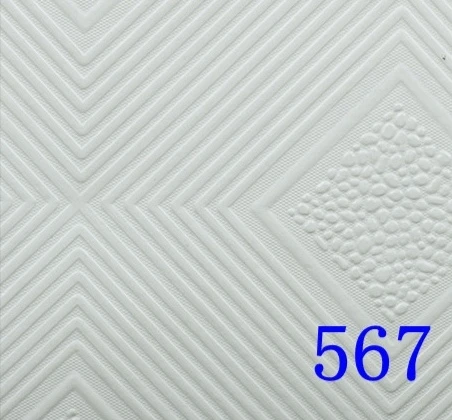Dec . 07, 2024 08:03 Back to list
ceiling grid tie wire
Understanding Ceiling Grid Tie Wire A Key Component in Suspended Ceilings
Suspended ceilings, often referred to as drop ceilings, have become a staple in modern architectural design due to their aesthetic and functional benefits. They offer an effective solution for managing space, sound, and light in both residential and commercial buildings. One of the essential components in the installation of suspended ceilings is the ceiling grid tie wire. In this article, we will explore what ceiling grid tie wire is, its significance in ceiling installations, and best practices for its use.
What is Ceiling Grid Tie Wire?
Ceiling grid tie wire is a type of wire used to secure and stabilize the metal grids that form the framework of suspended ceilings. The primary purpose of the tie wire is to connect the grid system to the building structure above, ensuring that the ceiling remains stable and securely in place. Typically, this wire is made from steel or another robust material, allowing it to withstand the weight of ceiling tiles and any additional fixtures like lighting or ventilation.
Importance of Tie Wire in Suspended Ceiling Systems
1. Structural Integrity One of the main reasons for using ceiling grid tie wire is to maintain the structural integrity of the dropped ceiling. The wire helps prevent the grid from sagging or shifting over time, which could lead to uneven surfaces or, in extreme cases, collapse.
2. Weight Distribution With various elements such as lighting fixtures, air conditioning vents, and insulation added to suspended ceilings, it is crucial to ensure that the weight is evenly distributed. The tie wire plays a significant role in this by anchoring the grid system and preventing undue stress on individual components.
3. Safety Compliance Proper installation of ceiling grid tie wire is essential for adhering to local building codes and safety standards. A well-secured ceiling reduces the risk of malfunctioning components falling and harming individuals below.
4. Aesthetic Maintenance An adequately installed and secured ceiling grid can maintain the desired aesthetic of the space. A sagging or misaligned ceiling can not only detract from the visual appeal of a room but can also lead to costly repairs.
ceiling grid tie wire

Best Practices for Installing Ceiling Grid Tie Wire
1. Choosing the Right Wire While various types of tie wire are available, it is essential to choose a type that meets the specific requirements of your ceiling system. Consider factors such as gauge thickness and material compatibility with your grid system.
2. Follow Manufacturer Guidelines Each ceiling grid system will have particular installation guidelines, including the number and placement of tie wires. Always refer to these recommendations to ensure proper support for the ceiling.
3. Spacing and Placement Tie wires should be spaced according to the manufacturer's instructions, generally at intervals of about 4 to 6 feet. Ensure that they are securely attached to the building structure above and that each wire is taut without being overly tightened.
4. Regular Inspections Once installed, it is wise to periodically inspect the tie wires and the overall ceiling structure. Look for signs of wear, corrosion, or any shifting that may indicate a need for adjustment or replacement.
5. Use of Additional Supports Depending on the specific application, additional supports may be necessary. For example, in areas with high humidity or extreme temperatures, supplementary brackets or anchors could be beneficial in enhancing the stability of the suspended ceiling.
Conclusion
Ceiling grid tie wire may seem like a minor component in the construction of suspended ceilings, but its importance cannot be overstated. This simple yet vital tool ensures that ceilings remain structurally sound and aesthetically pleasing while adhering to safety regulations. By understanding its function and following best installation practices, contractors and homeowners alike can enjoy the benefits of a well-constructed drop ceiling that lasts for years to come. Whether for sound management, aesthetic enhancement, or practical utility, keeping an eye on the details like tie wire will pay dividends in the performance and longevity of your suspended ceiling system.
-
Quality Ceiling Trap Doors & Access Panels | Easy & Secure AccessNewsAug.30,2025
-
Durable Ceiling T Grid Systems | Easy InstallationNewsAug.29,2025
-
PVC Gypsum Ceiling: Durable, Laminated Tiles for Modern SpacesNewsAug.28,2025
-
Pvc Gypsum Ceiling Is DurableNewsAug.21,2025
-
Mineral Fiber Board Is DurableNewsAug.21,2025
-
Ceiling Tile Clip Reusable DesignNewsAug.21,2025







